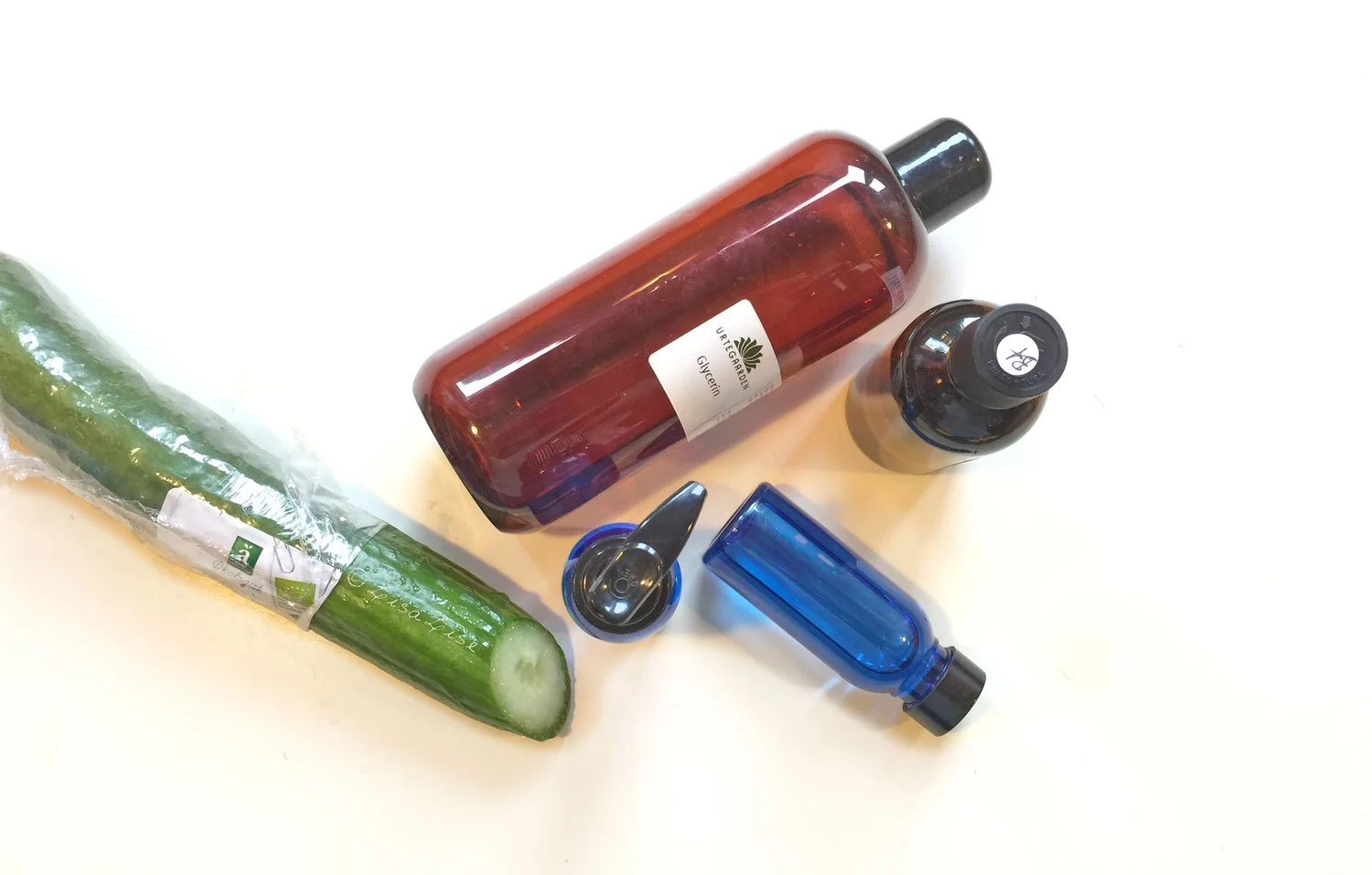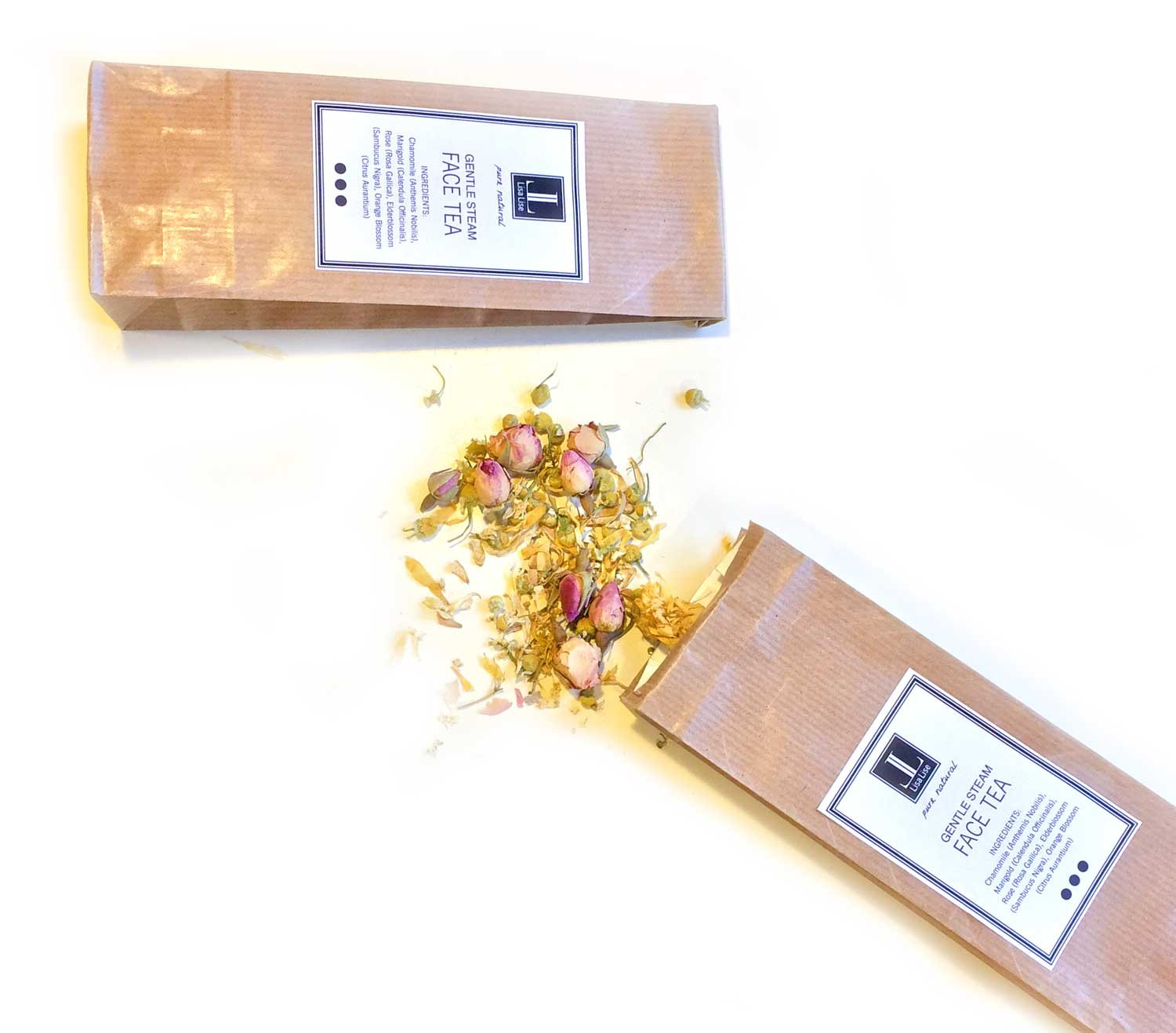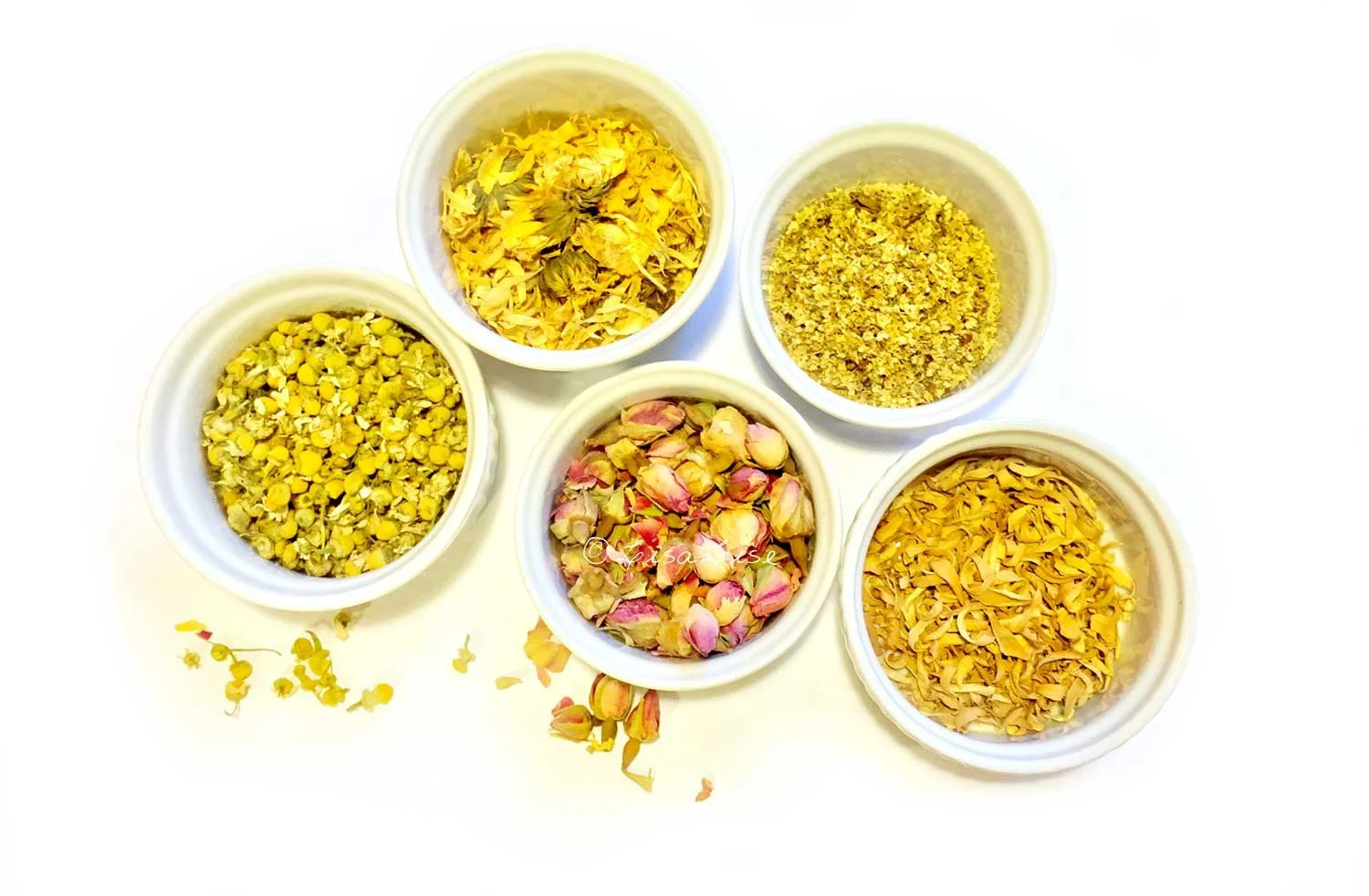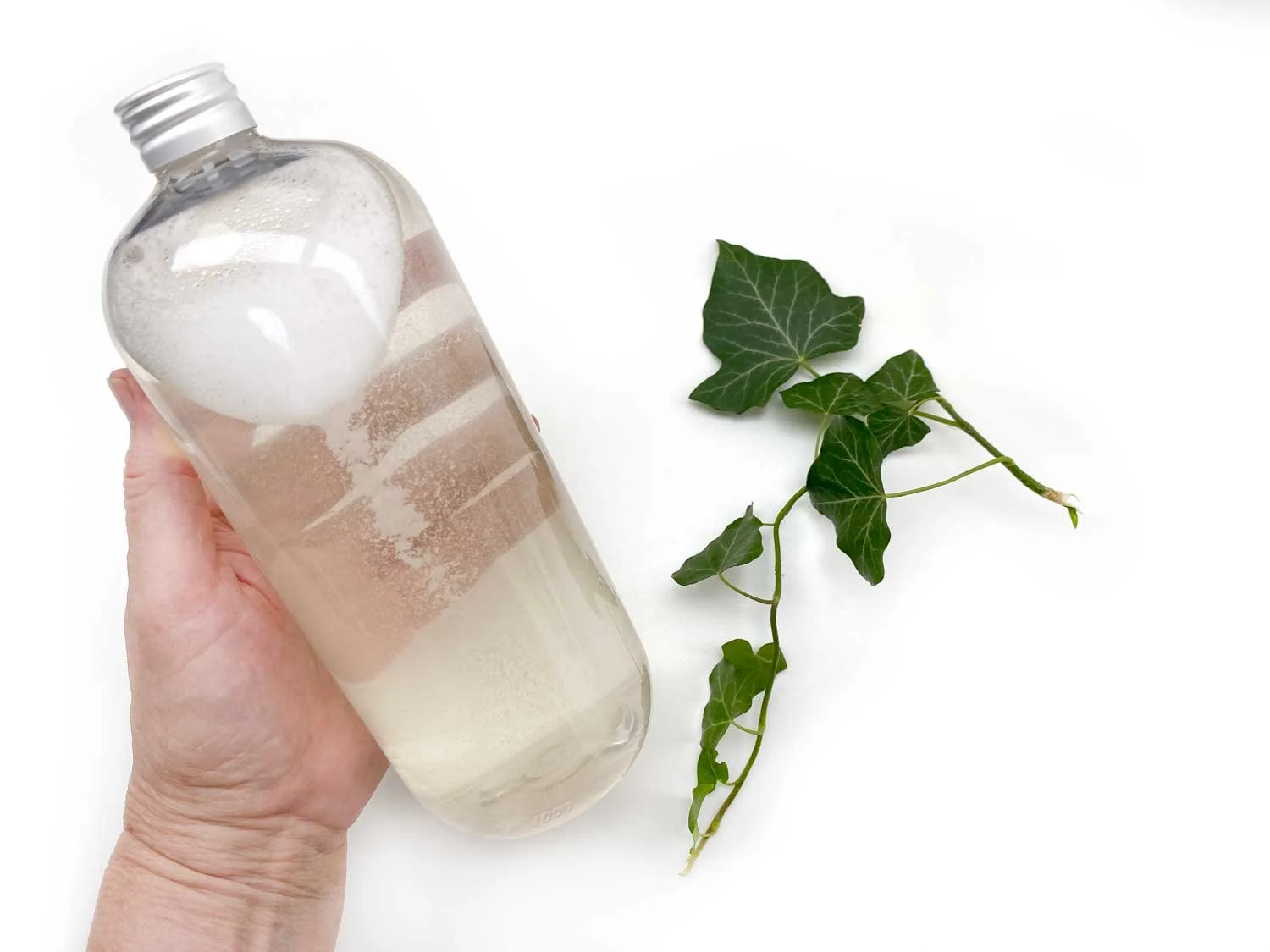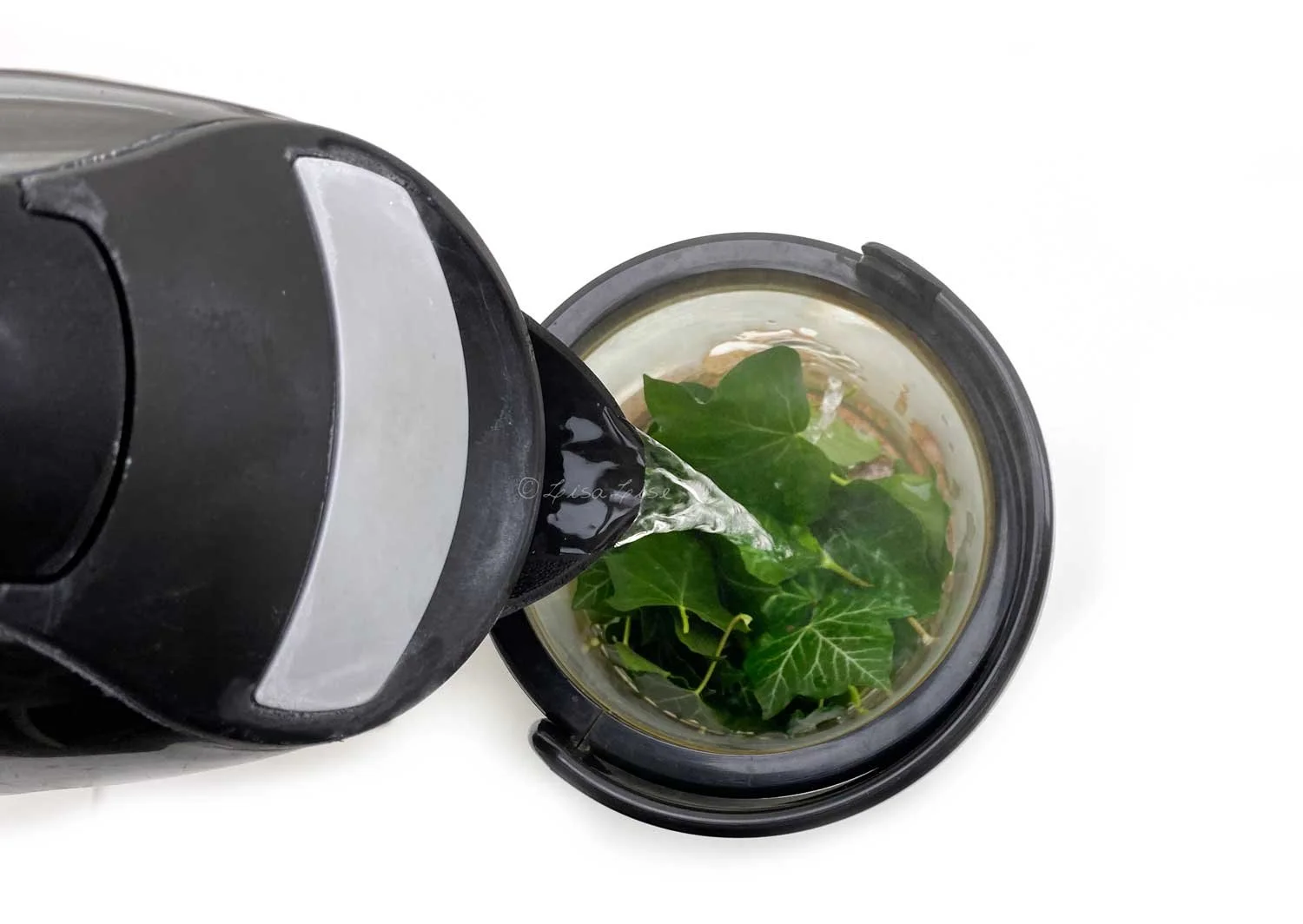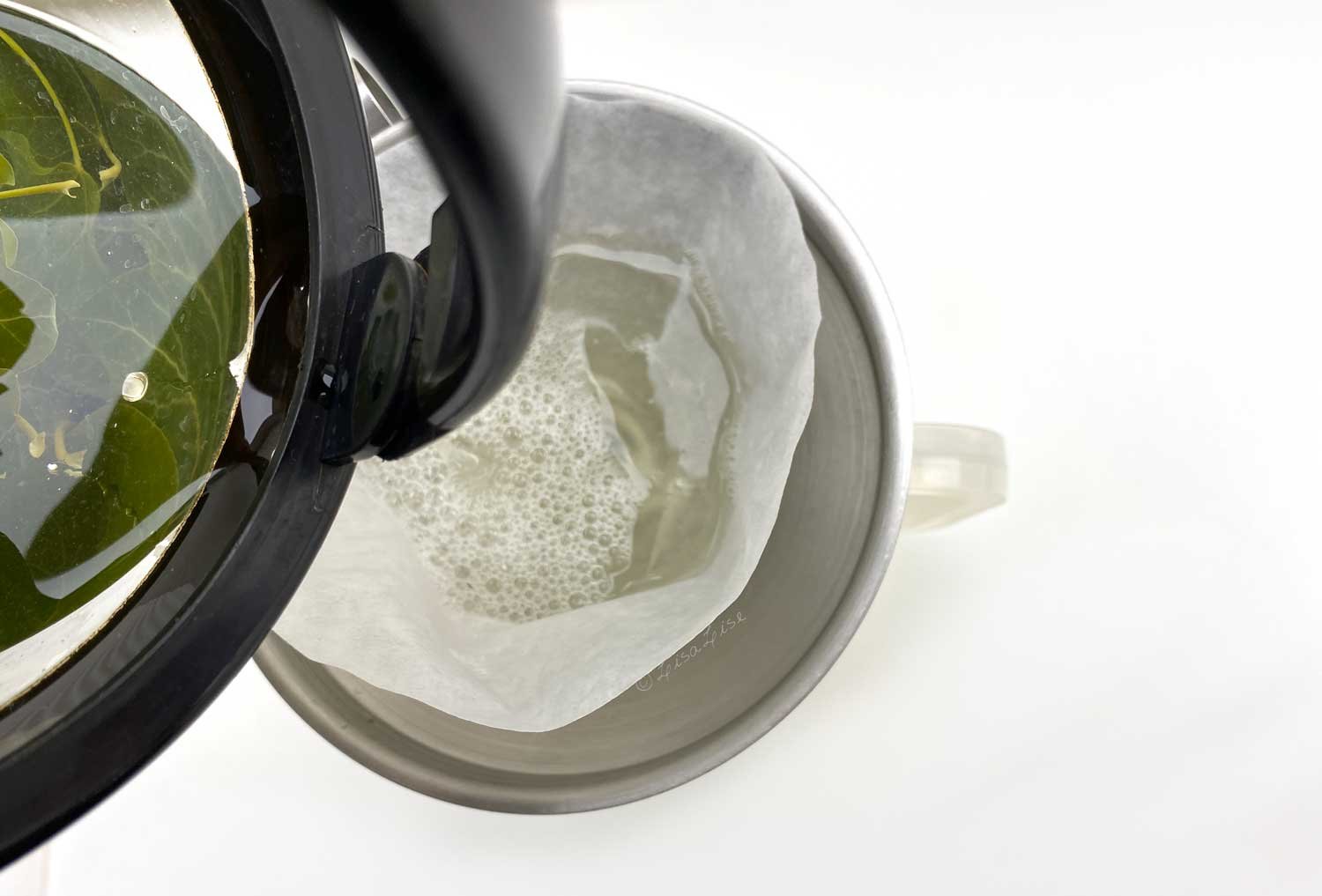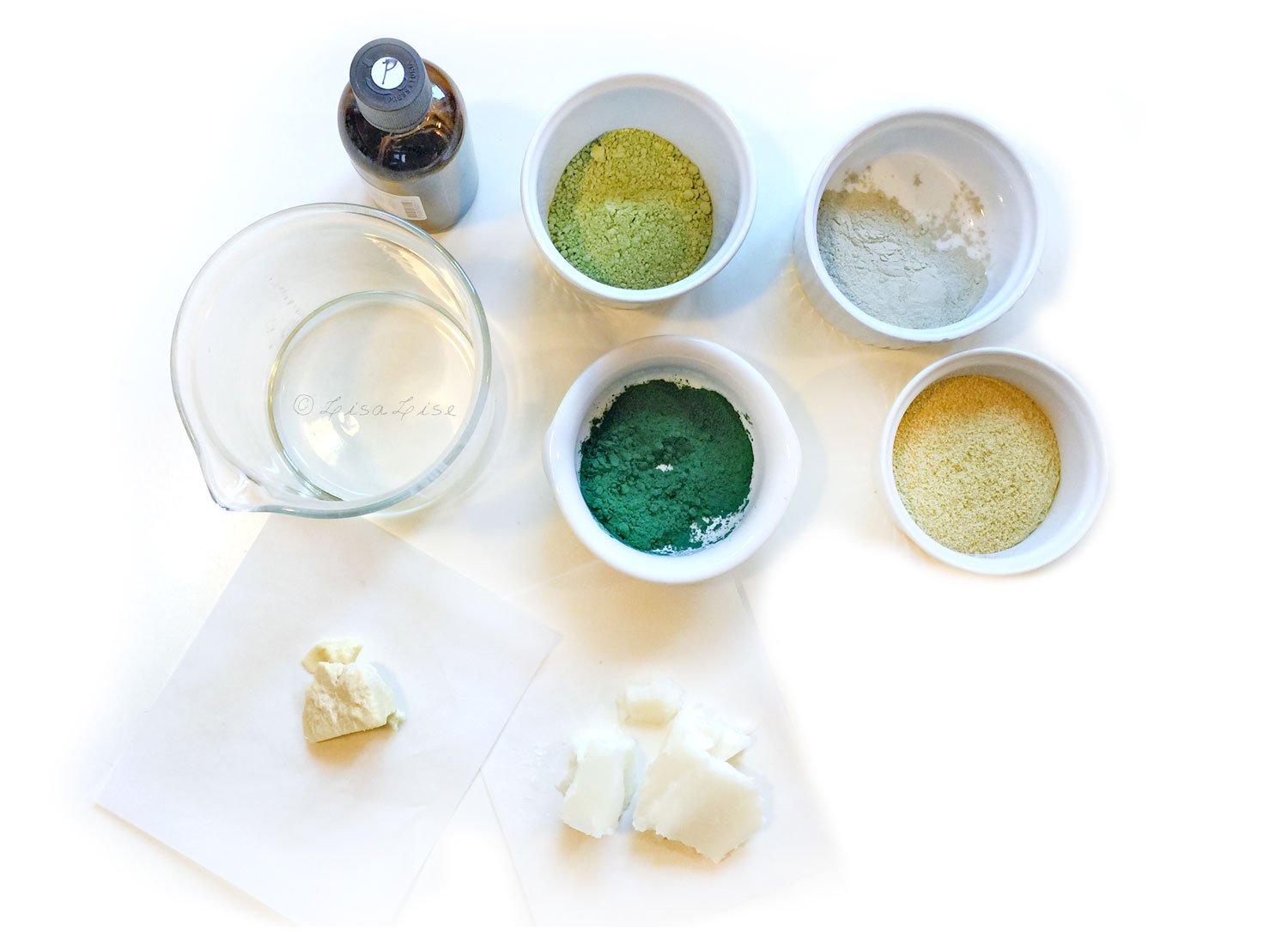How to Make Your Own Make-Up Base for Pencils
Lise
Today, I'm going to show you how to make a base mixture that can be used to make your own color cosmetics such as lip pencils, eye pencils, eyebrow pencils, and even blush sticks.
You're probably wondering how it is possible to create a texture that is equally good for all these uses. A lip pencil needs to go on smoothly yet be firm enough to where the tip doesn't break off at application. An eye pencil needs to be softer, smoother, and not even come close to feeling draggy on the skin. For cheek application, a firmer texture is ideal.
How is it possible to tick ALL these boxes?
Because I say so.
(insert wink and smile here)
I've been experimenting, testing, tweaking, and meticulously logging my results for a few years now and finally succeeded in creating an exquisitely sublime texture that is great for all of these uses. It holds pigment well, has great slip and staying power without feeling the least bit tacky or sticky - on MY skin.
So, if you have skin similar to mine, this base is perfection.
Skin type plays a major role in which texture/stiffness/glide-factor feels and performs best. But even if this base doesn't turn out to be 100% perfection for your skin, feel free to use it as a starting point and tweak to your heart's content until you have your own version of awesomeness.
Let's Make a Make-Up Pencil Base
This is enough for a 50 gram batch. Is 50g a lot or a little?
For reference:
Eyebrow and lipliner pencils generally contain 2-3 grams
Lipstick is generally between 6-10 grams (depending on the container)
So this batch is enough for about 4 lipsticks and 10 eyebrow pencils.
LisaLise's Make-up Pencil Base
| Ingredient | Grams |
|---|---|
| Cetearyl Alcohol | 20.5 |
| Jojoba (oil) | 19.5 |
| Beeswax | 9.5 |
| Vitamin E Antioxidant | 0.5 |
Method
Weigh ingredients
Transfer wax, jojoba and cetearyl alcohol to a heatproof glass container
Melt slowly over low heat until thoroughly melted
Remove from heat
Add E-vitamin and stir thoroughly
Pour mixture into container
Allow to cool completely (without lid)
When set, store cool and dark until use.
TIP
Do not place the base into the refrigerator until it is fully cool or you risk condensation droplets (which are bad news for this preservative-free product).
TIP
A wine refrigerator has the perfect storage temperature (or, if you have a dedicated ingredients refrigerator, set the temp to the warmest possible temperature - that's about the same as a wine refrigerator)
Substitutions
Feel free to make all the substitutions and changes you like, but expect the texture, feel, and glide to change with EACH and ANY alteration. May I politely refer you to the bit above where I wrote about tweaking and testing for years. I've probably done as many different versions and tried as many different ingredient combinations as can be imagined.
That said, there are LOADS of different ways to do a base like this and get it right, so don't be afraid of making changes to achieve what YOU prefer.
How to Make a Make-Up Pencil with the Base
Weigh out the amount you need and place in a heatproof container
Melt slowly until thoroughly melted
Add desired pigment mixture
Test color on skin (BEFORE transferring to your container!)
Add more pigment (or base) and test again until happy with the coverage and look
Stir thoroughly and transfer to your final (containers)
Allow to set
Pat self on back for making your own awesome stuff!
Do Tell
If you decide to give this a try, I'd love hear how it turns out for you and if you made any changes. Please feel free to share in a comment below.
Interested in making your own water-based lip tint? The book below shows you how to make your own glycerine extracts and includes a formula for lip tint.












